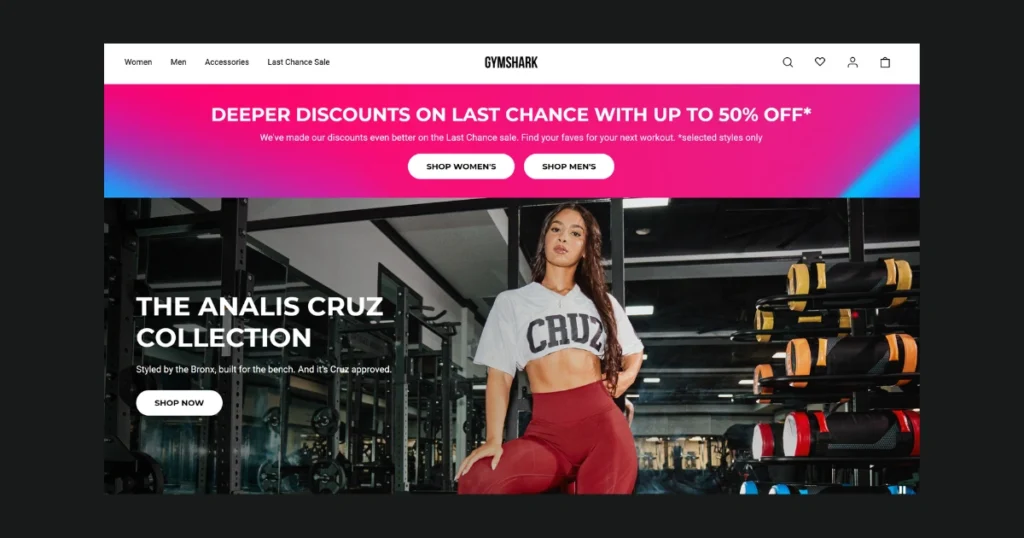Imagine building a global brand from your garage. It sounds like a dream, but it’s the reality for the founders behind some of the biggest ecommerce success stories today. These top online businesses started small, often as simple side hustles, and scaled into household names. The good news is that their journeys are packed with lessons we can learn from.
In this article, we will deconstruct how these brands began in garages, dorm rooms, or with just a few hundred dollars. More importantly, we will extract the actionable strategies you can apply to your own venture.
If you’re a budding entrepreneur or hustlepreneur looking to grow your own business, you might also find this guide on smart growth strategies for hustlepreneurs in Nigeria helpful—it breaks down how to scale from idea to impact without burning out or overspending.
What These Ecommerce Success Stories Have in Common
Before we explore the individual ecommerce case studies, it’s powerful to see the common threads. While each brand is unique, their paths to success share fundamental principles that any new entrepreneur can emulate.
Relentless Focus on a Single Problem
Firstly, these companies didn’t try to be everything to everyone. Instead, they identified one specific pain point and solved it exceptionally well. This focused approach allowed them to stand out in a crowded market and build a reputation for expertise.
The Power of Community and Storytelling
Secondly, these brands understood that people buy into why you do something, not just what you sell. They invested in building a brand community and telling an authentic story. This created loyal advocates, not just one-time customers.
Embracing a “Start Small, Scale Fast” Mentality
Finally, and most crucially for our topic, they all started with a minimal viable product. They validated their idea with a small, dedicated audience before investing heavily. This lean approach minimized risk and allowed them to grow based on real customer feedback.
Now, let’s look at the specific ecommerce success stories that embody these principles.
Gymshark: From a Teenager’s Garage to a Global Sportswear Empire
This is one of the most compelling ecommerce success stories in recent memory. It perfectly illustrates the power of starting small and building a community.

The Humble Beginning: Ben Francis started Gymshark in 2012 at age 19. While working as a pizza delivery driver and studying at university, he began screen-printing and sewing gym clothes in his parents’ garage. He handled every aspect of the business himself, from production to shipping.
The Growth Trigger: The pivotal moment came when Ben and his team invested their last funds into a booth at BodyPower Expo, a major fitness convention. There, they connected with prominent fitness influencers. This direct engagement, combined with strategic social media content, created a viral buzz. It demonstrated the explosive growth possible when you build a dedicated brand community.
Key Lesson to Learn: Build a movement, not just a product. Gymshark’s success was fueled by creating a team. Focus on engaging with your audience, making them feel part of something bigger than a transaction.
Bombas: Solving a Simple Problem and Building a Mission-Driven Brand
Some of the best ecommerce case studies begin with a simple, human need. Bombas is a prime example of a brand built on a powerful mission.

The Humble Beginning: The founders learned that socks are the most requested clothing item in homeless shelters. This insight led them to create a single, perfected product: the most comfortable sock possible. They launched with a Kickstarter campaign, hoping for modest success.
The Growth Trigger: The Kickstarter campaign was a massive success, raising over $140,000 and validating the demand. Their integrated “Buy One, Give One” model wasn’t just a marketing tactic; it was the core of their brand identity from day one. This authentic mission resonated deeply with customers.
Key Lesson to Learn: Integrate an authentic mission into your business model. Your “why” can be your most significant competitive advantage.
Warby Parker: Disrupting a Giant Industry with a Direct-to-Consumer Model
This ecommerce success story shows how a simple idea can challenge industry giants by prioritizing customer experience.

The Humble Beginning: Warby Parker was founded by four students frustrated by the high cost of eyeglasses. They asked a simple question: Why are glasses so expensive? Their answer was a direct-to-consumer (DTC) model that cut out the middleman.
The Growth Trigger: The company’s breakthrough was the “Home Try-On” program. This innovation eliminated the biggest barrier to buying glasses online—the inability to try them on. By allowing customers to select five frames to try at home for free, they built trust and revolutionized the shopping experience.
Key Lesson to Learn: Identify industries with high prices and poor customer experience. A DTC model can offer a better, cheaper alternative. Focus on removing the biggest friction point for your customers.
Red Dress Boutique: Scaling a Simple eBay Store into a Fashion Phenomenon
This story demonstrates the power of personality and social media in building a relatable brand.

The Humble Beginning: Founder Diana Harbour started Red Dress Boutique in 2005 as a single eBay store, selling vintage dresses from her home. It was a true cottage industry, driven by her personal sense of style.
The Growth Trigger: The brand’s explosive growth came from masterful use of Instagram and Facebook. Diana became the face of the brand, creating a personal connection with customers. Her relatable personality and engaging style made followers feel like they were shopping with a friend, not a faceless corporation.
Key Lesson to Learn: Don’t underestimate the power of personality. Be the face of your brand on social media. Authenticity and relatability are powerful tools for building a loyal following.
Your Blueprint: How to Apply These Lessons Today
These ecommerce success stories provide a clear blueprint for your own journey. The path from a small idea to a successful business is built on actionable strategies.
- Start with a Single, Amazing Product: Don’t get overwhelmed by building a massive inventory. Like Bombas with socks, focus on perfecting one offer first.
- Tell Your Story Authentically: Why did YOU start this business? Share your journey, just like the founder of Red Dress Boutique did. Your authenticity is your superpower.
- Focus on Your First 100 Customers: Before thinking about thousands of customers, build a raving fan base of 100. Engage with them, ask for feedback, and make them feel valued. This core community will become your best marketers.
Conclusion
These ecommerce success stories offer more than inspiration; they offer a proven path. Remember, Gymshark started in a garage. Warby Parker started from a student’s frustration.
Your own ecommerce success story begins with that first small step. Identify a problem you are passionate about solving, embrace the lessons from those who started small, and begin your journey today.
Frequently Asked Questions
The most important lesson is to start by solving one problem exceptionally well. Whether it’s expensive glasses (Warby Parker) or uncomfortable socks (Bombas), a focused solution is the foundation of a strong brand.
It’s critical. A unique brand story, like Gymshark’s garage origins or Pura Vida’s artisan partnerships, makes your business memorable and relatable. It’s what helps you connect with customers on an emotional level and differentiate from competitors.
Yes, absolutely. These ecommerce case studies prove it. Start small, use pre-orders or print-on-demand to minimize upfront costs, and focus on building an audience before you scale. The “start small, scale fast” mentality is key.
The first step is to validate your idea. Talk to potential customers, create a simple landing page or social media account, and gauge interest. You don’t need a perfect, full-featured store on day one. Just start the conversation.

